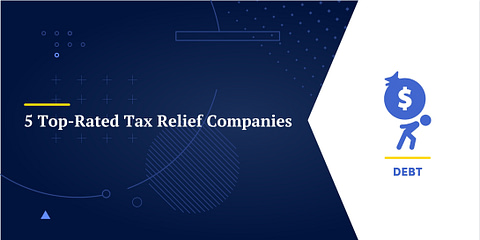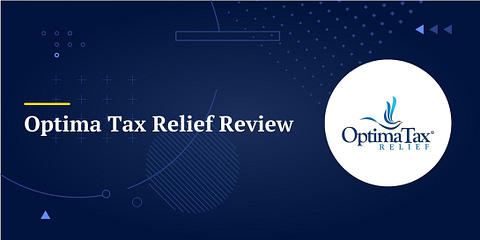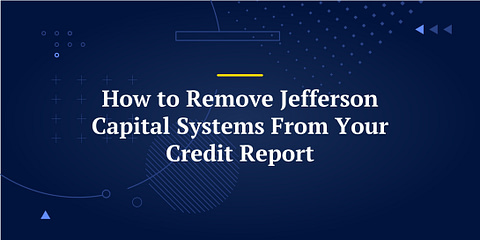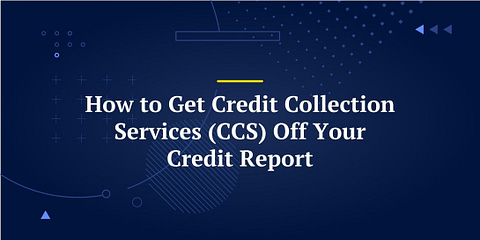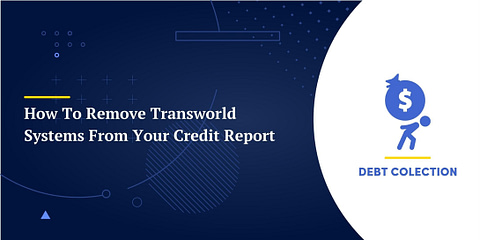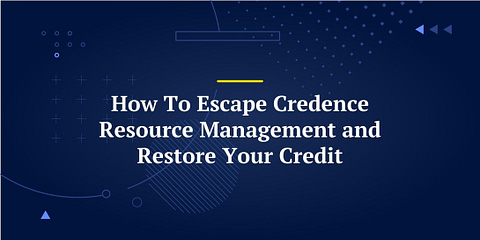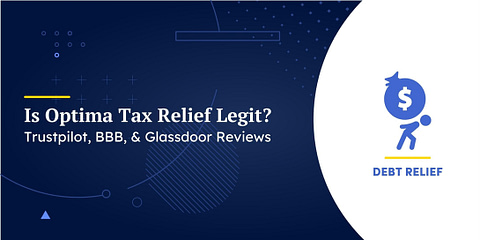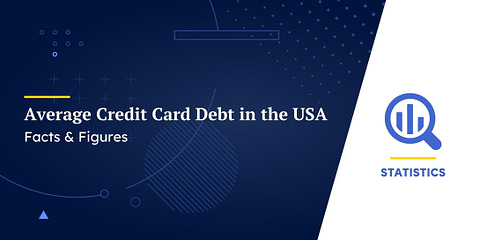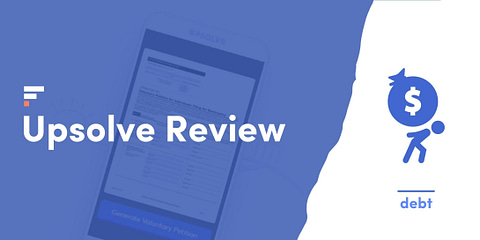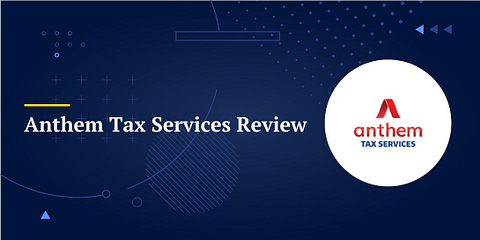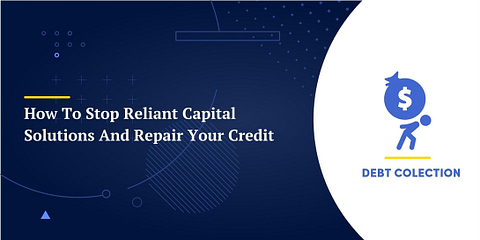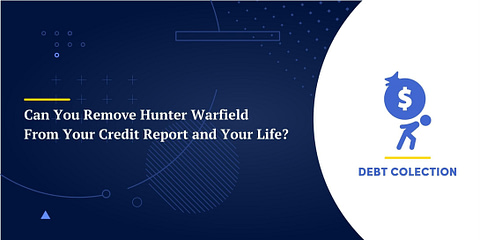A debt snowball doesn’t sound like something you want, but it is the name of one of the most effective strategies to get out of debt.
With this method, you have a clear strategy to pay off multiple debts. You’ll focus on the smallest debts first. Just like a snowball rolling downhill, as you pay off small debts, you gain momentum to tackle the larger debts.
Many finance experts say the debt snowball method is the fastest way to get out of debt for good. With consistency, the debt snowball method can be a path to clearing all debts and building a life of financial freedom.
Here is how to apply the debt snowball method to your personal debt:
How to Apply the Debt Snowball Method
The first step in the debt snowball method is simply to list all of your debts. You cannot prioritize debt payments if you don’t know everything you have.
Next, you will organize the list in order from smallest to largest.
To apply the debt snowball you will make minimum payments on all but the smallest debt and will pay as much as you can on the smallest debt until it is paid off.
Then you will move on to the next smallest debt, and continue like that until all debts are paid off.
👉 The advantage of the debt snowball method is the psychological relief of clearing debts more quickly. When you see the smallest debts paid off, it encourages you to keep working and saving to pay off the larger debts.
Steps of the Debt Snowball Method
To apply the debt snowball method, all you have to do is:
- List all debts.
- Rearrange the list from smallest to largest, excluding mortgages.
- Calculate how much you will need for minimum payments.
- Budget to pay off as much as possible each month.
- Pay the minimum on all but the smallest debt. Pay as much as you can there.
- Once the smallest debt is cleared, move on to paying as much as possible on the next smallest debt.
- Continue until you are debt-free.
These simple steps can be repeated and applied whenever you have a debt. It requires only a few minutes each month to set your priorities and start clearing debt.
The Debt Snowball Method in Action
Suppose you have debt from student loans, credit cards, an auto loan, and a mortgage. Here is how you will apply the debt snowball method to pay off the debt.
First, list your debts from smallest to largest. Since the mortgage is not taken into account in this method, your list could look like this:
- Auto Loan – $4000
- Credit Cards – $6000
- Student Loans – $28,000
Now, suppose these are minimum payments due each month:
- Auto Loan – $200
- Credit Cards – $240
- Student Loans – $400
That would mean that the minimum payment required each month is $840. If you have $1400 each month you can apply towards debt, your payments with the debt snowball method would look like this:
- Auto Loan – $760
- Credit Cards – $240
- Student Loans – $400
With this strategy, you should be able to pay off the auto loan completely within 6 months. Then you would start making the largest payments on your credit card debt.
If you still have $1400 a month to pay towards debt, after the first six months your payments would look like this:
- Credit Cards – $1000
- Student Loans – $400
Assuming you haven’t taken on additional credit card debt, you will be able to pay off all credit card debt within 5 months. With this method, in under a year, you only have your student loans to focus on paying off.
Keys to the Debt Snowball
To be successful with the debt snowball method, you need to set a realistic budget and plan. If you continue to take on additional debt, it will defeat the purpose of this method, and you might find debt growing rather than shrinking.
In addition, it requires focus and consistency to build the momentum and enthusiasm to pay off debts.
Advantages of the Debt Snowball
The main advantage of the debt snowball method is the psychological relief of seeing debts cleared. That motivation helps you to stick with your goals and continue to build momentum.
The other advantage is the ease of implementation. You don’t need to worry about interest rates or annual percentage rates (APR). All you need to know is how much you owe on each account. With a simple list, you are ready to start.
Disadvantages of the Debt Snowball
The main disadvantage of the debt snowball method is that it doesn’t take interest rates into account, so you might end up paying more in interest on larger debts. This is especially true if one of your larger debts is credit card debt, which typically has much higher interest rates.
👉 In our example above, since the auto loan was smaller, you would pay it off first. But that $6000 in credit card debt could be building at an APR of 20% or more. In the six months required to pay off the auto loan, you could incur interest of up to $600 or more.
💡 If your goal is to save money on interest and pay off all debts more quickly then the debt avalanche method might be a better fit for you.
Consolidate or Refinance Debt
If you plan to use the debt snowball method, it can be worthwhile to consolidate or refinance your debt. Many credit cards offer 0% APR for the first 12 to 18 months on balance transfers. If you have other debts to pay off first, moving your credit card debt to a card with 0% APR can be a smart move.
If your credit card debt is large and you won’t be able to pay it off quickly, this can save you hundreds of dollars in interest. Keep in mind that there are transfer fees of 2-3%, so this strategy only makes sense if you know the credit card debt will not be paid off for several months or longer.


